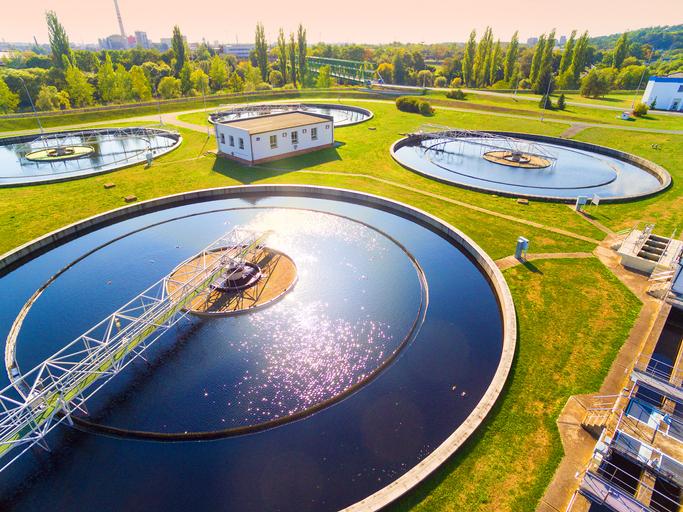
Modern bioenergy sources are often viewed as important components of a low-carbon, energy-secure future. By reducing dependence on imported fuel and providing new employment opportunities, bioenergy production has the potential to stimulate local economies in developing countries. And yet, given the diversity of biomass resources, options, markets and scales, a better understanding of how well different bioenergy project types can provide sustainable development is needed. This analysis evaluated how the potential for sustainable development benefits differs across 12 bioenergy project types, in order to help identify which project types are best positioned to provide such benefits. It systematically examines the benefits claimed in project design documents for 76 Clean Development Mechanism (CDM) bioenergy projects in India, Brazil and Sub-Saharan Africa.
The claimed sustainable-development benefits differ as widely among bioenergy project types as among all other CDM project types. Among CDM bioenergy projects, those that rely on on-farm residues claim to offer the greatest number of benefits, while those that rely on industrial forestry residues claim the fewest.
Improved sustainability assessment of biomass energy project types, benefitting from on-the-ground post-implementation evaluations, is needed to guide priority-setting for international mitigation finance and CDM reform efforts.
Read the working paper
Read the policy brief
